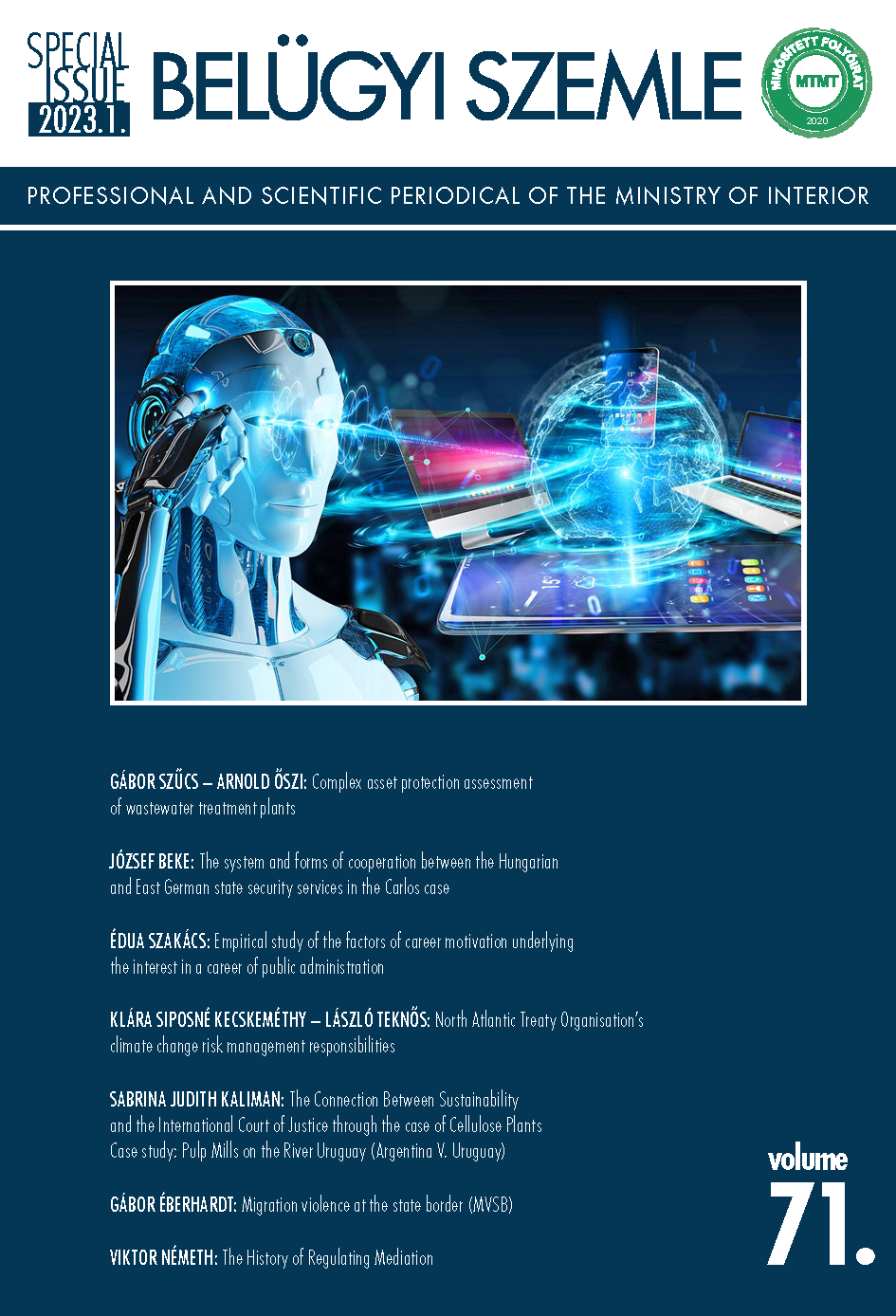Abstract
Aim: The aim of the study is to show whether there has been a significant change in the phenotypical pattern of irregular inward migration at Hungary's Schengen external border since 2015.
Methodology: Using the tools of scientific research methodology, the Author conducts domestic and international source research and media studies. By analysing and evaluating data requested from the data controller, the Author prepares a summary assessment, which can be used to interpret the migration elements under investigation, describe the processes, and hypothesis.
Findings: Based on the results of the research underlying the study, it can be concluded that in the course of irregular migration activities in the Schengen external border of Hungary – in particular in Serbia – verbal aggression against physical elements and persons guarding the state border was followed by physical attacks.
Value: Based on research methodological findings, the study presents the typological changes in irregular migration actions in the Serbian border area of Hungary in recent years and the emergence of verbal and physical violence by those seeking to enter illegally.

